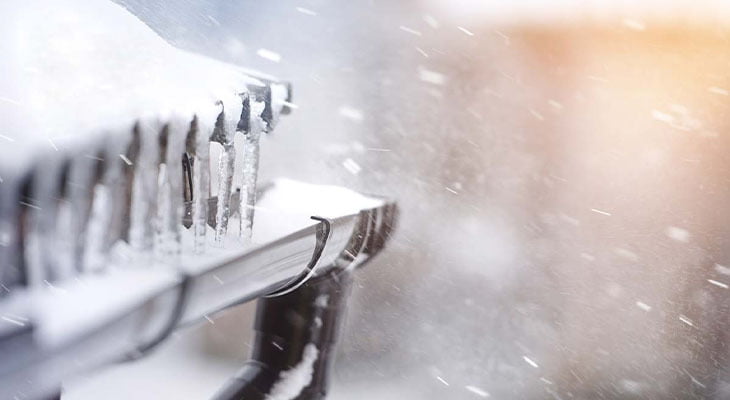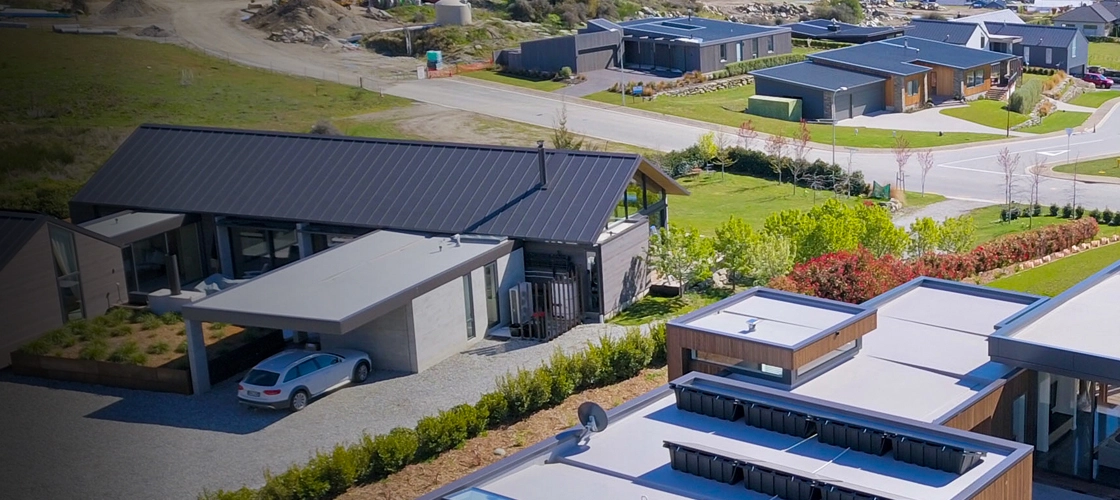
In Edmonton, snow and ice are a common sight. Not only are the people living there familiar with it, but the houses and other buildings know that they have to deal with the cold weather, snow, and ice too during the year. Roofs are directly exposed to weather conditions like snow and ice, snow and ice can cause damage to your roof. In this blog, we will discuss what ice and snow can do to your roof.
Freeze & Thaw Cycle Expands Cracks
When the snow on your roof melts, the water gets into the tiny cracks and openings on your rooftop. When the temperature falls after more snowfall, the water in the cracks freezes again, and the crack gets filled with snow. This cycle continues, and the cracks on your roof tend to expand due to this increasing snow. In this way, the roof weakens severely and becomes vulnerable to serious damage like water leaking and seepage.
The Build Up Ice Puts Stress On Your Roof
When snow piles up on the roof of your house, it puts a lot of stress on it, thus weakening the roof. When you think of ice, it does not feel heavy. Even some snowflakes that you take in your hands feel light. But when these snowflakes increase in number, their weight increases and stresses out the roof that results in wear and tear.
Flat roofs are more vulnerable to such a build-up of weight and stress. That’s because the snow, ice, or melting water remain on a flat roof for a longer period of time as compared to other types of roofs such as tilted or sloped roofs. This does not mean that other rooftops that are more slanted do not accumulate ice and snow too, but allow snow to slide off more easily.
Warm Temperatures Cause Roof Blisters
When winter is over and temperatures start to get warmer, the moisture after the ice and snow melts becomes trapped within the different layers of the roof. This moisture causes blisters on the roof. Again flat roofs and low angled slope roofs are more likely to be affected by this.
The changes in weather affect the roofs adversely. When the weather changes from extreme cold to warmer temperatures, the roofing material undergoes severe changes. These changes result in wear and tear in the strength of the roof. Roof blisters can be severe and cause further problems.
Ice Dams
Dams are great for preserving water for a country but are not good for the roof of your house. Ice dams are created by melting ice and snow on your rooftop. The edges of your roof become a boundary that does not allow the melting ice and snow to fall off the top. This results in the water staying on your roof for a longer period of time. This water causes leaks and can seep into your attic, walls, and interior of your wall.
Snow Removal Can Damage Your Roof
When snow is being removed from the roof, it may cause damage. Equipment like a shovel or other object that is used can cause damage to your roof. No matter how careful and professional the workers are while removing snow from your roof, there are chances of one or two blows to your roof. In this way, snow and ice keep your roof always at high risk throughout.
Stahl Roof Systems has the expertise to make sure you get the right type of roof according to Edmonton’s temperature and weather conditions to help reduce the risks of snow and ice damaging your roof. To learn more about our services visit our website, stahlroofing.ca, or contact us.
